Dental Biofilm and Laboratory Microbial Culture Models for Cariology Research
Abstract
:1. Introduction
2. The Dental Plaque Biofilm
3. Laboratory Microbial Culture Models
3.1 The Closed System
3.1.1. The Agar Plate
3.1.2. The Microtiter Biofilm Model
3.2. The Open System
3.2.1. Chemostat
3.2.2. The Flow Cell Biofilm Model
3.2.3. The Constant Depth Film Fermenter Model
3.2.4. The Drip Flow Biofilm Reactor
3.2.5. The Multiple Sorbarod Model
3.2.6. The Multiple Artificial Mouth
4. Summary
Acknowledgments
Author Contributions
Conflicts of Interest
References
- Marsh, P.; Martin, M. Chapter 5: Dental plaque. In Marsh and Martin’s Oral Microbiology, 6th ed.; Elsevier: Edinburgh, UK; New York, NY, USA, 2016; pp. 81–111. [Google Scholar]
- Stoodley, P.; Sauer, K.; Davies, D.G.; Costerton, J.W. Biofilms as complex differentiated communities. Annu. Rev. Microbiol. 2002, 56, 187–209. [Google Scholar] [CrossRef] [PubMed]
- Costerton, J.W.; Cheng, K.J.; Geesey, G.G.; Ladd, T.I.; Nickel, J.C.; Dasgupta, M.; Marrie, T.J. Bacterial biofilms in nature and disease. Annu. Rev. Microbiol. 1987, 41, 435–464. [Google Scholar] [CrossRef] [PubMed]
- Sumney, D.L.; Jordan, H.V. Characterization of bacteria isolated from human root surface carious lesions. J. Dent. Res. 1974, 53, 343–351. [Google Scholar] [CrossRef] [PubMed]
- Van Houte, J.; Jordan, H.V.; Laraway, R.; Kent, R.; Soparkar, P.M.; DePaola, P.F. Association of the microbial flora of dental plaque and saliva with human root-surface caries. J. Dent. Res. 1990, 69, 1463–1468. [Google Scholar] [CrossRef] [PubMed]
- Newbrun, E. Cariology; Quintessence: Chicago, IL, USA, 1989. [Google Scholar]
- Samaranayake, L.P. Lactobacilli, corynbacteria and propionibacteria. In Essential Microbiology for Dentistry; Samaranayake, L.P., Ed.; Michael Parkinson: New York, NY, USA, 2006; p. 105. [Google Scholar]
- Silverstone, L.M.; Johnson, N.W.; Hardie, J.M.; Willimas, R.A.D. The microbiology of dental caries. In Dental Caries Aetiology, Pathology and Prevention; Macmillan: London, UK, 1981; p. 10. [Google Scholar]
- Filoche, S.K.; Anderson, S.A.; Sissons, C.H. Biofilm growth of lactobacillus species is promoted by actinomyces species and streptococcus mutans. Oral Microbiol. Immunol. 2004, 19, 322–326. [Google Scholar] [CrossRef] [PubMed]
- Bowden, G.H.; Ekstrand, J.; McNaughton, B.; Challacombe, S.J. Association of selected bacteria with the lesions of root surface caries. Oral Microbiol. Immunol. 1990, 5, 346–351. [Google Scholar] [CrossRef] [PubMed]
- Sissons, C.H. Artificial dental plaque biofilm model systems. Adv. Dent. Res. 1997, 11, 110–126. [Google Scholar] [CrossRef] [PubMed]
- Tang, G.; Yip, H.K.; Cutress, T.W.; Samaranayake, L.P. Artificial mouth model systems and their contribution to caries research: A review. J. Dent. 2003, 31, 161–171. [Google Scholar] [CrossRef]
- Wimpenny, J.W. The validity of models. Adv. Dent. Res. 1997, 11, 150–159. [Google Scholar] [CrossRef] [PubMed]
- Coenye, T.; Nelis, H.J. In vitro and in vivo model systems to study microbial biofilm formation. J. Microbiol. Methods 2010, 83, 89–105. [Google Scholar] [CrossRef] [PubMed]
- McBain, A.J. Chapter 4: In vitro biofilm models: An overview. Adv. Appl. Microbiol. 2009, 69, 99–132. [Google Scholar] [PubMed]
- Dobson, J.; Wilson, M. Sensitization of oral bacteria in biofilms to killing by light from a low-power laser. Arch. Oral Biol. 1992, 37, 883–887. [Google Scholar] [CrossRef]
- O’Neill, J.F.; Hope, C.K.; Wilson, M. Oral bacteria in multi-species biofilms can be killed by red light in the presence of toluidine blue. Lasers Surg. Med. 2002, 31, 86–90. [Google Scholar] [CrossRef] [PubMed]
- Bayston, R.; Ashraf, W.; Barker-Davies, R.; Tucker, E.; Clement, R.; Clayton, J.; Freeman, B.J.C.; Nuradeen, B. Biofilm formation by propionibacterium acnes on biomaterials in vitro and in vivo: Impact on diagnosis and treatment. J. Biomed. Mater. Res. Part A 2007, 81, 705–709. [Google Scholar] [CrossRef] [PubMed]
- Sutherland, I.W. The biofilm matrix—An immobilized but dynamic microbial environment. Trends Microbiol. 2001, 9, 222–227. [Google Scholar] [CrossRef]
- Marsh, P.D. Host defenses and microbial homeostasis—Role of microbial interactions. J. Dent. Res. 1989, 68, 1567–1575. [Google Scholar]
- Sim, C.P.C.; Dashper, S.G.; Reynolds, E.C. Oral microbial biofilm models and their application to the testing of anticariogenic agents. J. Dent. 2016, 50, 1–11. [Google Scholar] [CrossRef] [PubMed]
- Bowden, G. The role of microbiology in models of dental caries: Reaction paper. Adv. Dent. Res. 1995, 9, 255–269. [Google Scholar] [CrossRef]
- Xuelian, H.; Qiang, G.; Biao, R.; Yuqing, L.; Xuedong, Z. Models in caries research. In Dental Caries; Springer: Berlin, Germany, 2016; pp. 157–173. [Google Scholar]
- Palmer, R.J., Jr. Microscopy flowcells: Perfusion chambers for real-time study of biofilms. Methods Enzymol. 1999, 310, 160–166. [Google Scholar] [PubMed]
- Hodgson, R.J.; Lynch, R.J.; Watson, G.K.; Labarbe, R.; Treloar, R.; Allison, C. A continuous culture biofilm model of cariogenic responses. J. Appl. Microbiol. 2001, 90, 440–448. [Google Scholar] [CrossRef] [PubMed]
- Foster, J.S.; Kolenbrander, P.E. Development of a multispecies oral bacterial community in a saliva-conditioned flow cell. Appl. Environ. Microbiol. 2004, 70, 4340–4348. [Google Scholar] [CrossRef] [PubMed]
- Leung, K.P.; Crowe, T.D.; Abercrombie, J.J.; Molina, C.M.; Bradshaw, C.J.; Jensen, C.L.; Luo, Q.; Thompson, G.A. Control of oral biofilm formation by an antimicrobial decapeptide. J. Dent. Res. 2005, 84, 1172–1177. [Google Scholar] [CrossRef] [PubMed]
- Herles, S.; Olsen, S.; Afflitto, J.; Gaffar, A. Chemostat flow cell system: An in vitro model for the evaluation of antiplaque agents. J. Dent. Res. 1994, 73, 1748–1755. [Google Scholar] [PubMed]
- McBain, A.J.; Bartolo, R.G.; Catrenich, C.E.; Charbonneau, D.; Ledder, R.G.; Gilbert, P. Effects of triclosan-containing rinse on the dynamics and antimicrobial susceptibility of in vitro plaque ecosystems. Antimicrob. Agents Chemother. 2003, 47, 3531–3538. [Google Scholar] [CrossRef] [PubMed]
- Metcalf, D.; Robinson, C.; Devine, D.; Wood, S. Enhancement of erythrosine-mediated photodynamic therapy of streptococcus mutans biofilms by light fractionation. J. Antimicrob. Chemother. 2006, 58, 190–192. [Google Scholar] [CrossRef] [PubMed]
- McBain, A.J.; Bartolo, R.G.; Catrenich, C.E.; Charbonneau, D.; Ledder, R.G.; Gilbert, P. Growth and molecular characterization of dental plaque microcosms. J. Appl. Microbiol. 2003, 94, 655–664. [Google Scholar] [CrossRef] [PubMed]
- Deng, D.M.; ten Cate, J.M. Demineralization of dentin by streptococcus mutans biofilms grown in the constant depth film fermentor. Caries Res. 2004, 38, 54–61. [Google Scholar] [CrossRef] [PubMed]
- Deng, D.M.; Buijs, M.J.; ten Cate, J.M. The effects of substratum on the ph response of streptococcus mutans biofilms and on the susceptibility to 0.2% chlorhexidine. Eur. J. Oral Sci. 2004, 112, 42–47. [Google Scholar] [CrossRef] [PubMed]
- Pratten, J.; Andrews, C.S.; Craig, D.Q.; Wilson, M. Structural studies of microcosm dental plaques grown under different nutritional conditions. FEMS Microbiol. Lett. 2000, 189, 215–218. [Google Scholar] [CrossRef] [PubMed]
- Pratten, J. Growing oral biofilms in a constant depth film fermentor (CDFF). Curr. Protoc. Microbiol. 2007. [Google Scholar] [CrossRef]
- Ledder, R.G.; McBain, A.J. An in vitro comparison of dentifrice formulations in three distinct oral microbiotas. Arch. Oral Biol. 2012, 57, 139–147. [Google Scholar] [CrossRef] [PubMed]
- Buckingham-Meyer, K.; Goeres, D.M.; Hamilton, M.A. Comparative evaluation of biofilm disinfectant efficacy tests. J. Microbiol. Methods 2007, 70, 236–244. [Google Scholar] [CrossRef] [PubMed]
- Adams, H.; Winston, M.T.; Heersink, J.; Buckingham-Meyer, K.A.; Costerton, J.W.; Stoodley, P. Development of a laboratory model to assess the removal of biofilm from interproximal spaces by powered tooth brushing. Am. J. Dent. 2002, 15, 12B–17B. [Google Scholar] [PubMed]
- Ledder, R.G.; Sreenivasan, P.K.; DeVizio, W.; McBain, A.J. Evaluation of the specificity and effectiveness of selected oral hygiene actives in salivary biofilm microcosms. J. Med. Microbiol. 2010, 59, 1462–1468. [Google Scholar] [CrossRef] [PubMed]
- Ledder, R.G.; Madhwani, T.; Sreenivasan, P.K.; de Vizio, W.; McBain, A.J. An in vitro evaluation of hydrolytic enzymes as dental plaque control agents. J. Med. Microbiol. 2009, 58, 482–491. [Google Scholar] [CrossRef] [PubMed]
- McBain, A.J.; Sissons, C.; Ledder, R.G.; Sreenivasan, P.K.; de Vizio, W.; Gilbert, P. Development and characterization of a simple perfused oral microcosm. J. Appl. Microbiol. 2005, 98, 624–634. [Google Scholar] [CrossRef] [PubMed]
- Sissons, C.H.; Cutress, T.W.; Hoffman, M.P.; Wakefield, J.S. A multi-station dental plaque microcosm (artificial mouth) for the study of plaque growth, metabolism, ph, and mineralization. J. Dent. Res. 1991, 70, 1409–1416. [Google Scholar] [CrossRef] [PubMed]
- Rasiah, I.A.; Wong, L.; Anderson, S.A.; Sissons, C.H. Variation in bacterial dgge patterns from human saliva: Over time, between individuals and in corresponding dental plaque microcosms. Arch. Oral Biol. 2005, 50, 779–787. [Google Scholar] [CrossRef] [PubMed]
- Pearce, E.I.; Sissons, C.H.; Coleman, M.; Wang, X.; Anderson, S.A.; Wong, L. The effect of sucrose application frequency and basal nutrient conditions on the calcium and phosphate content of experimental dental plaque. Caries Res. 2002, 36, 87–92. [Google Scholar] [CrossRef] [PubMed]
- Wong, L.; Sissons, C.H. Human dental plaque microcosm biofilms: Effect of nutrient variation on calcium phosphate deposition and growth. Arch. Oral Biol. 2007, 52, 280–289. [Google Scholar] [CrossRef] [PubMed]
- Shu, M.; Wong, L.; Miller, J.H.; Sissons, C.H. Development of multi-species consortia biofilms of oral bacteria as an enamel and root caries model system. Arch. Oral Biol. 2000, 45, 27–40. [Google Scholar] [CrossRef]
- Sissons, C.H.; Wong, L.; An, Y.H. Laboratory culture and analysis of microbial biofilms. In Handbook of Bacterial Adhesion; Springer: New York, NY, USA, 2000; pp. 133–169. [Google Scholar]
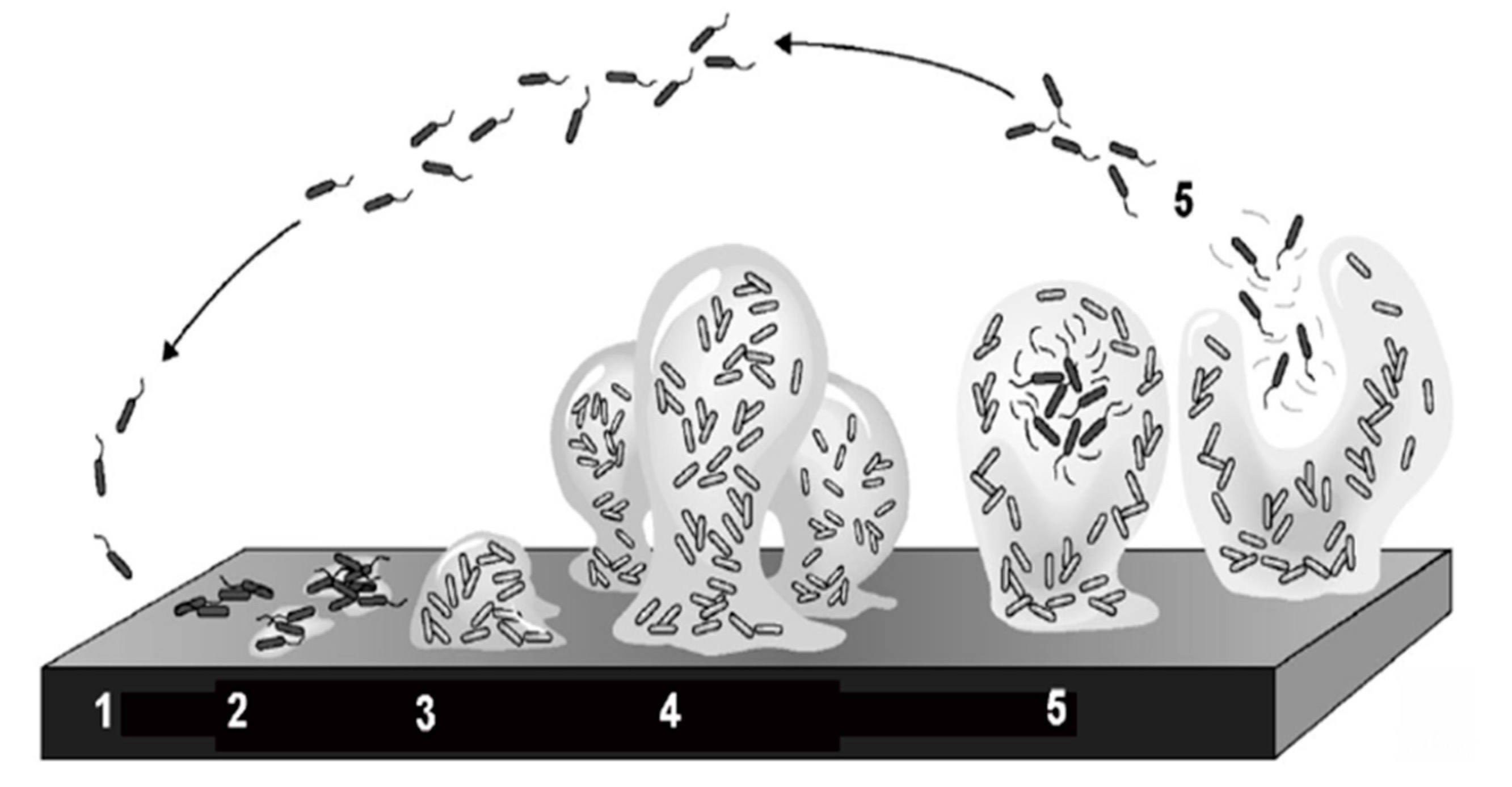
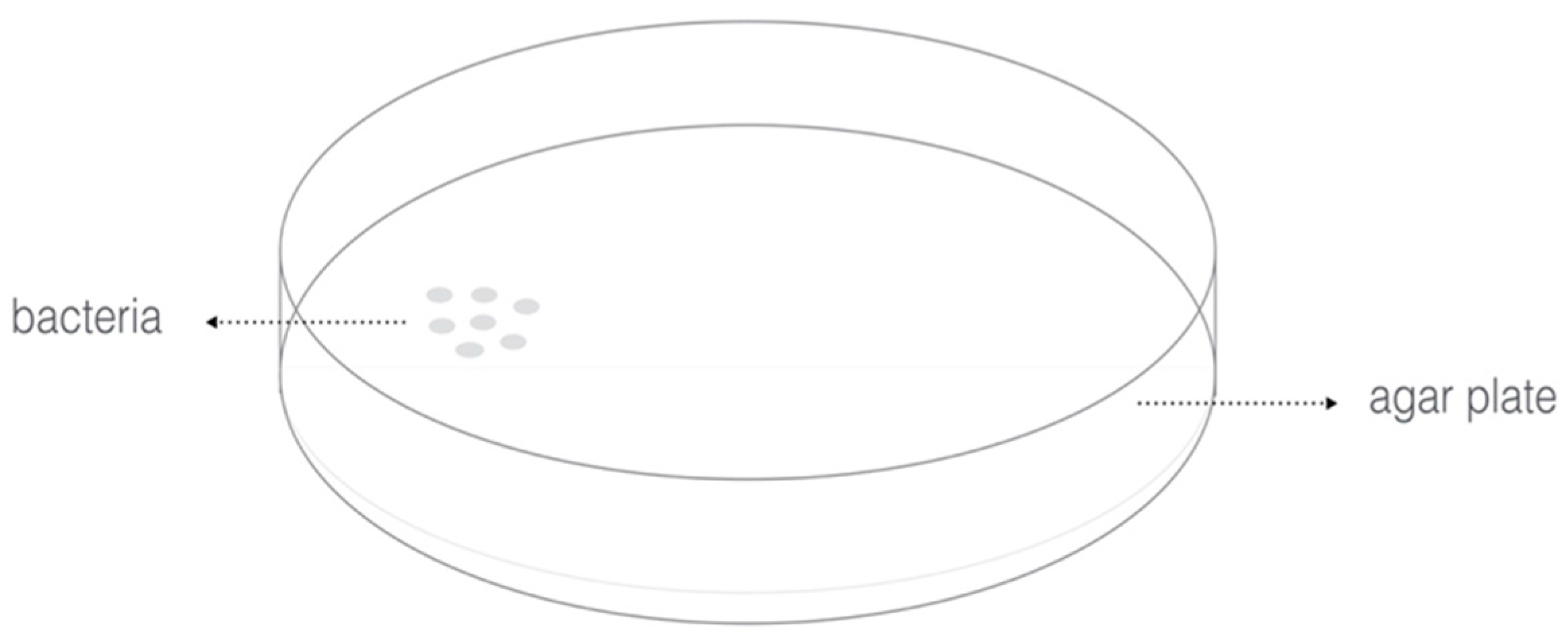
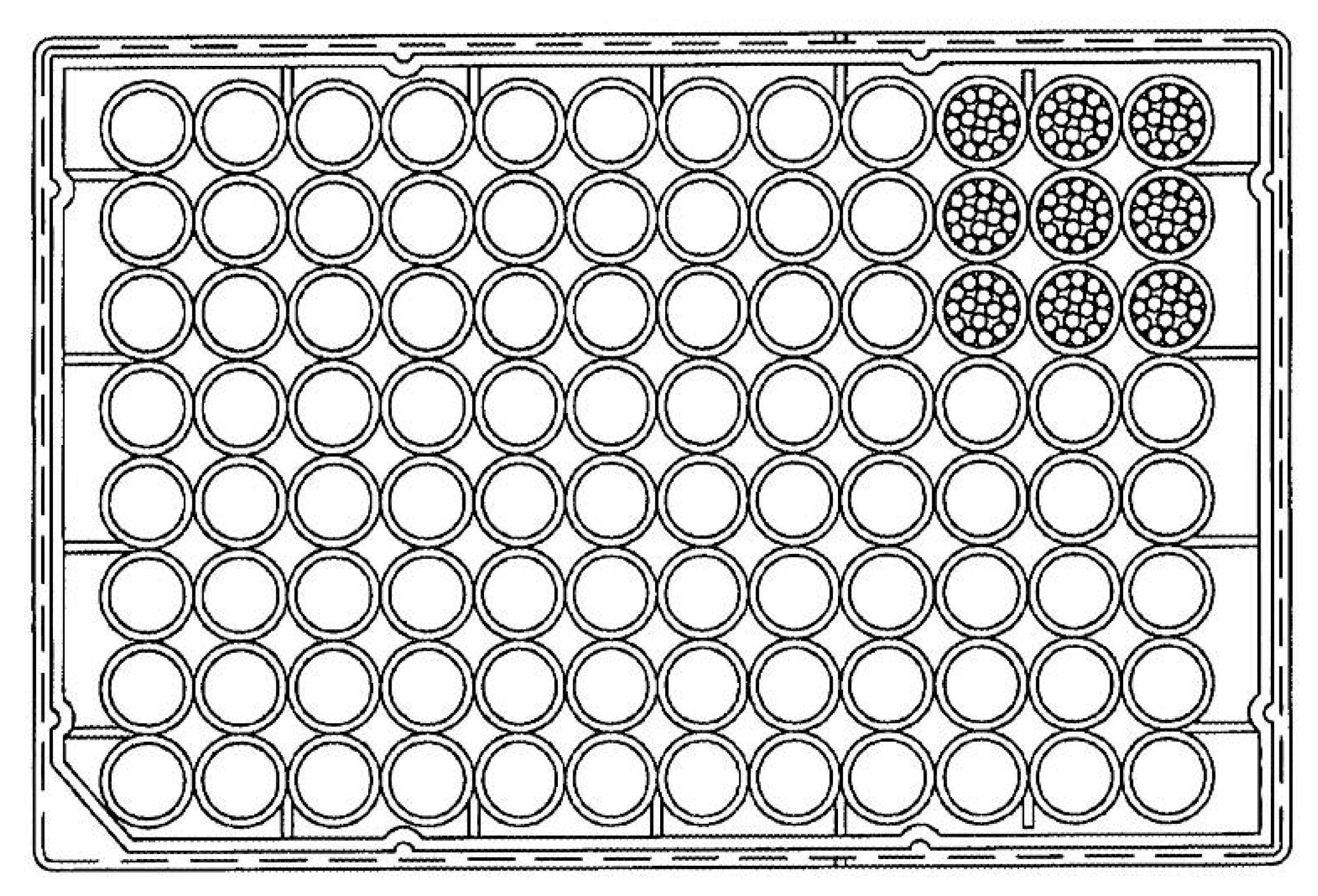
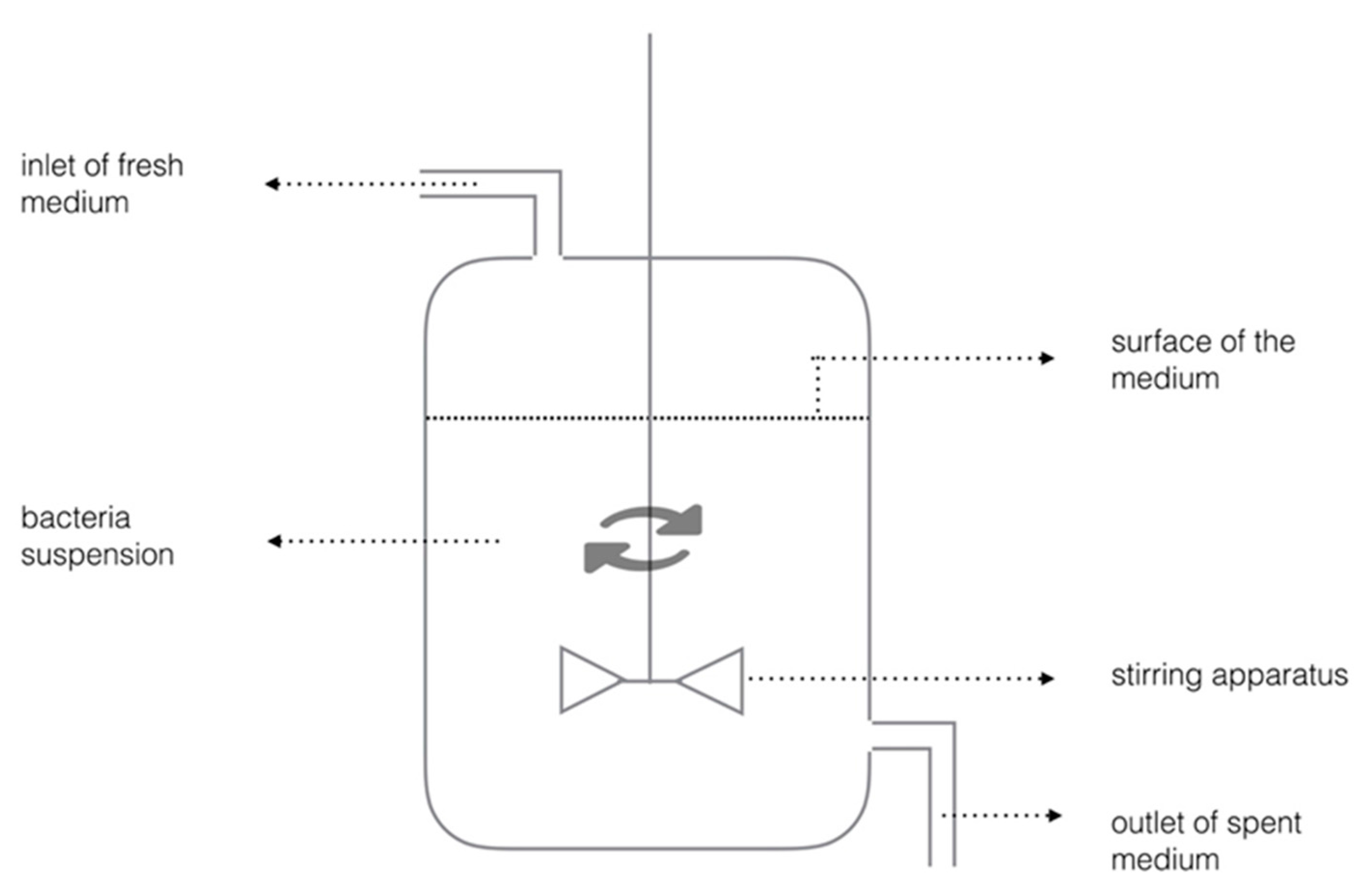


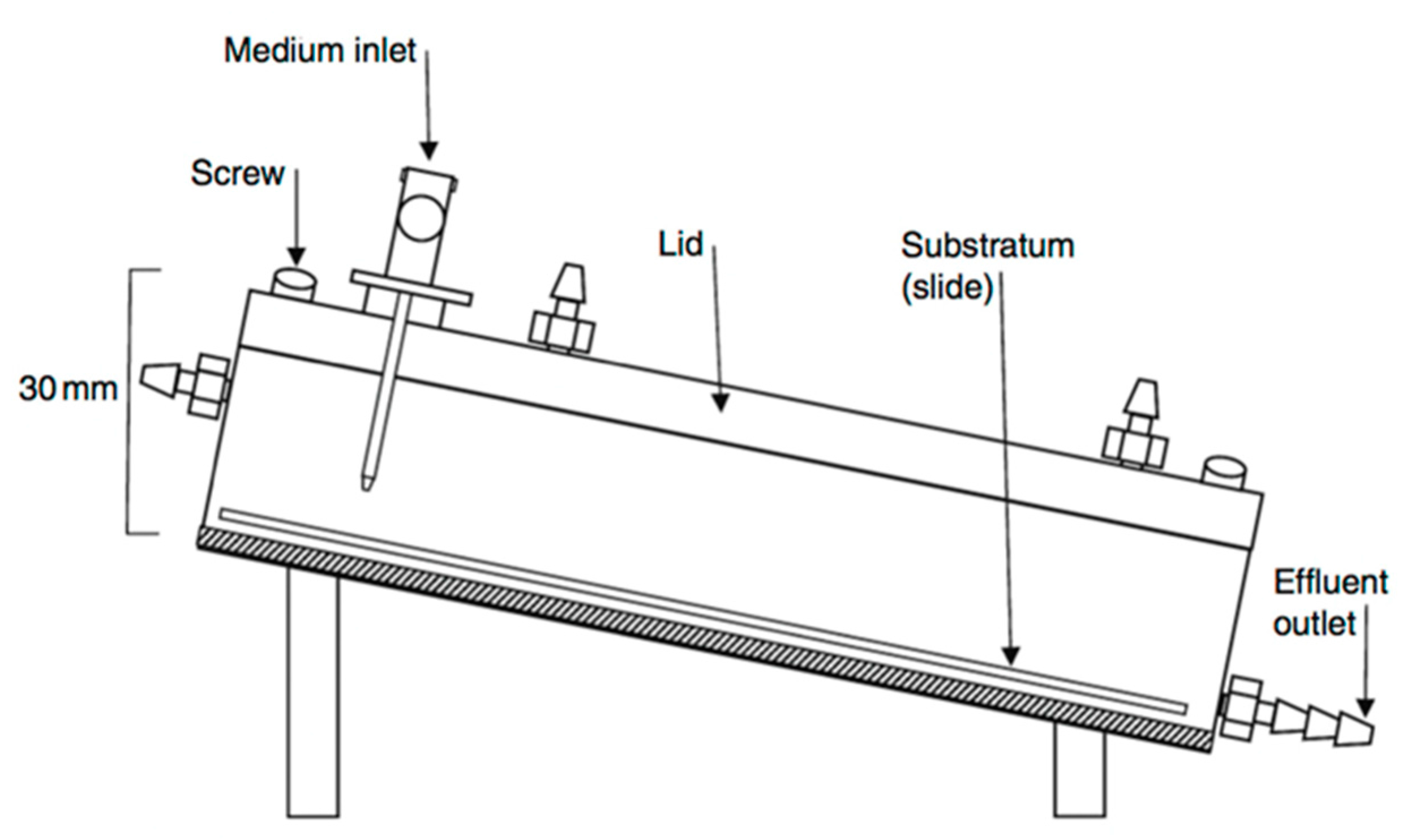
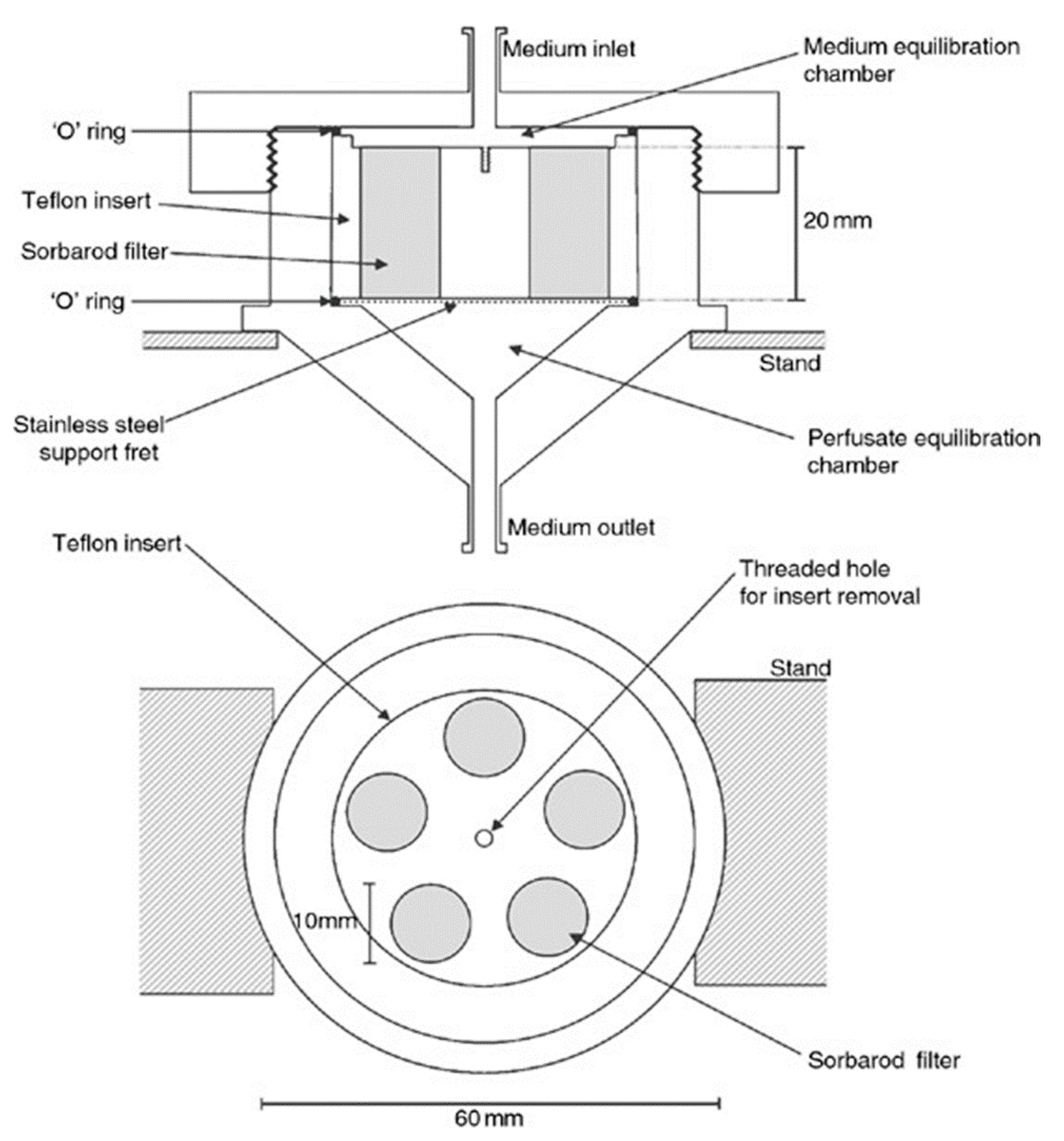
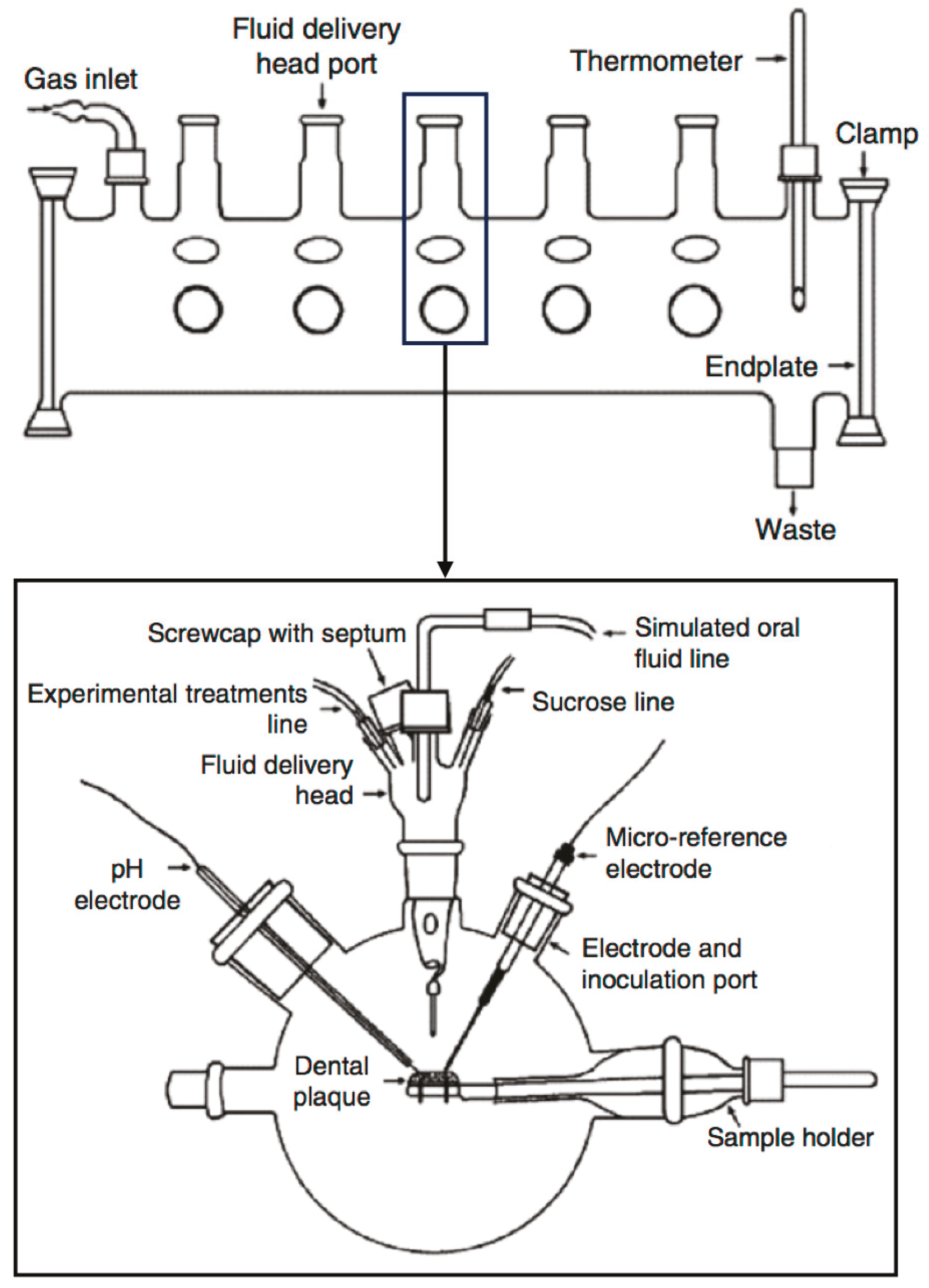
| Parameter | Agar Plate | Microtiter | Chemostat | Flow Cell | CDFF | Drip Flow | MSD | MAM |
|---|---|---|---|---|---|---|---|---|
| Duration | Hours to days | Hours to days | Hours to days | Hours to days | Days to weeks | Days to weeks | Days to weeks | Days to weeks |
| Planktonic phase | Controlled | Controlled | Controlled | Controlled | None | None | None | None |
| Growth control by media | None | Via plank-tonic phase | Yes | Yes | Yes | Yes | Yes | Yes |
| Fluid flow | No | No | Turbulent | Laminar | Laminar | Drop | Laminar | Drop |
| Shear force | No | No | Yes | Yes | Yes | No | Yes | No |
| Defined thickness | No | No | Achievable | Achievable | Yes | No | No | No |
| Timed reagents | No | Manually | Yes | Pulse | Yes | Yes | Yes | Computer control |
| Alternative substrate | No | Yes | Yes | Yes | Yes | Yes | No | Yes |
| Different conditions | No | No | No | No | No | Yes | No | Yes |
| Subsampling during growth | Yes | Yes | Yes | Yes | Yes | Yes | Yes | Yes |
© 2017 by the authors. Licensee MDPI, Basel, Switzerland. This article is an open access article distributed under the terms and conditions of the Creative Commons Attribution (CC BY) license (http://creativecommons.org/licenses/by/4.0/).
Share and Cite
Yu, O.Y.; Zhao, I.S.; Mei, M.L.; Lo, E.C.-M.; Chu, C.-H. Dental Biofilm and Laboratory Microbial Culture Models for Cariology Research. Dent. J. 2017, 5, 21. https://doi.org/10.3390/dj5020021
Yu OY, Zhao IS, Mei ML, Lo EC-M, Chu C-H. Dental Biofilm and Laboratory Microbial Culture Models for Cariology Research. Dentistry Journal. 2017; 5(2):21. https://doi.org/10.3390/dj5020021
Chicago/Turabian StyleYu, Ollie Yiru, Irene Shuping Zhao, May Lei Mei, Edward Chin-Man Lo, and Chun-Hung Chu. 2017. "Dental Biofilm and Laboratory Microbial Culture Models for Cariology Research" Dentistry Journal 5, no. 2: 21. https://doi.org/10.3390/dj5020021






